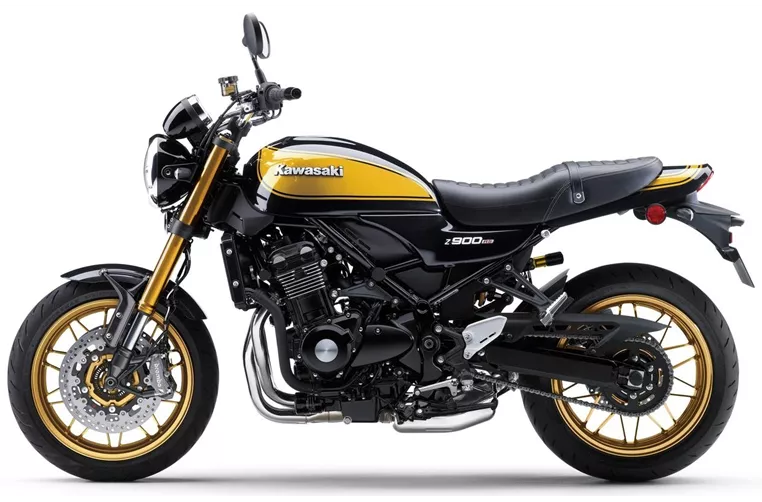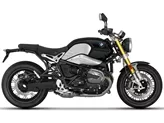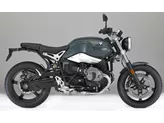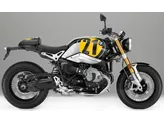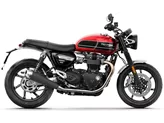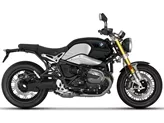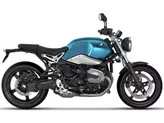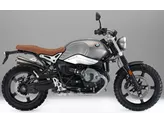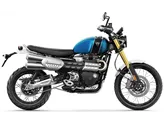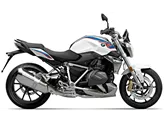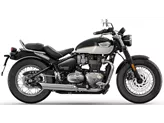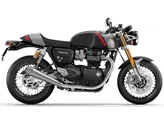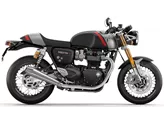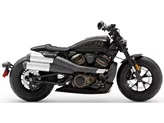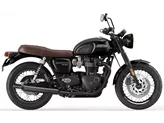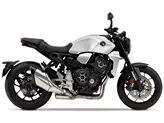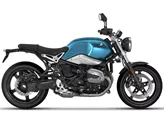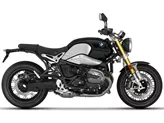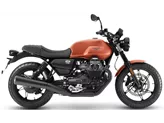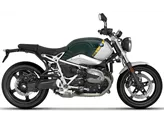Kawasaki Z900 RS SE 2022 vs. BMW R nineT 2018
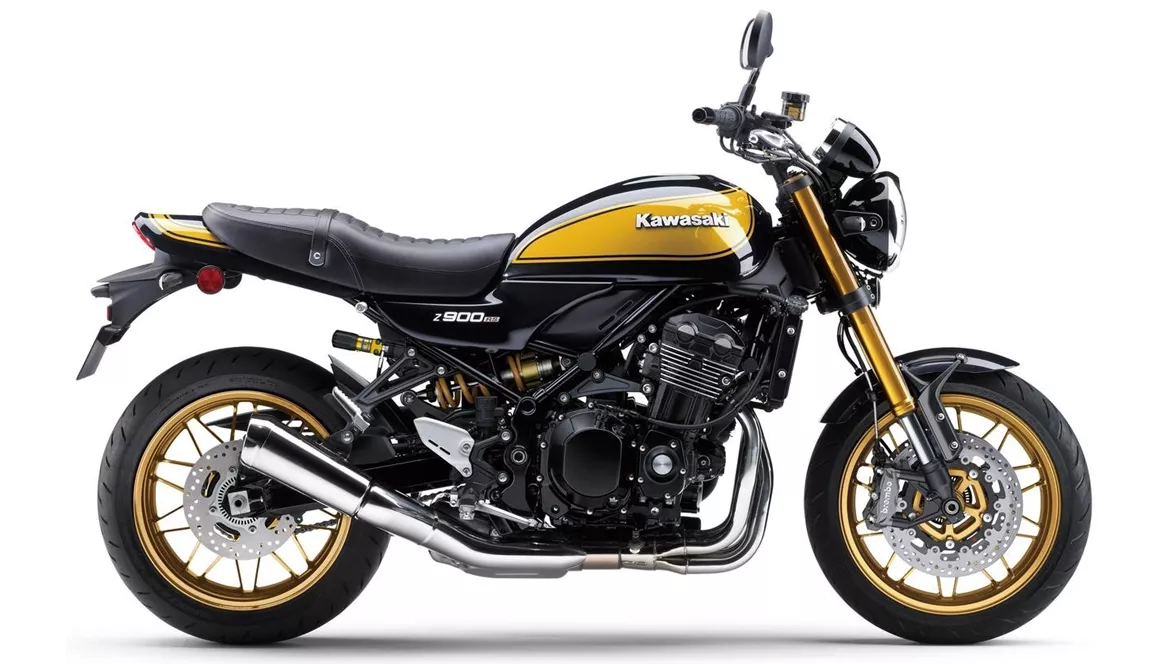
Kawasaki Z900 RS SE 2022

BMW R nineT 2018
Overview - Kawasaki Z900 RS SE 2022 vs BMW R nineT 2018
The Kawasaki Z900 RS SE 2022 and the BMW R nineT 2018 are both naked bikes that offer a unique riding experience. Let's compare these two models in terms of their technical specifications, strengths, and weaknesses.
In terms of engine and drive train, the Kawasaki Z900 RS SE 2022 features an in-line four-cylinder engine with a power output of 111 HP and a torque of 98.5 Nm. It has a fuel injection system and a liquid cooling system. On the other hand, the BMW R nineT 2018 is equipped with a boxer engine that delivers 110 HP of power and 116 Nm of torque. It also has a fuel injection system and an oil-air cooling system. Both bikes have a displacement of around 1170 ccm.
When it comes to suspension, both bikes feature upside-down telescopic forks at the front. However, the Kawasaki Z900 RS SE 2022 has a swing arm suspension at the rear with a monoshock absorber, while the BMW R nineT 2018 has a paralever suspension at the rear with a monoshock absorber.
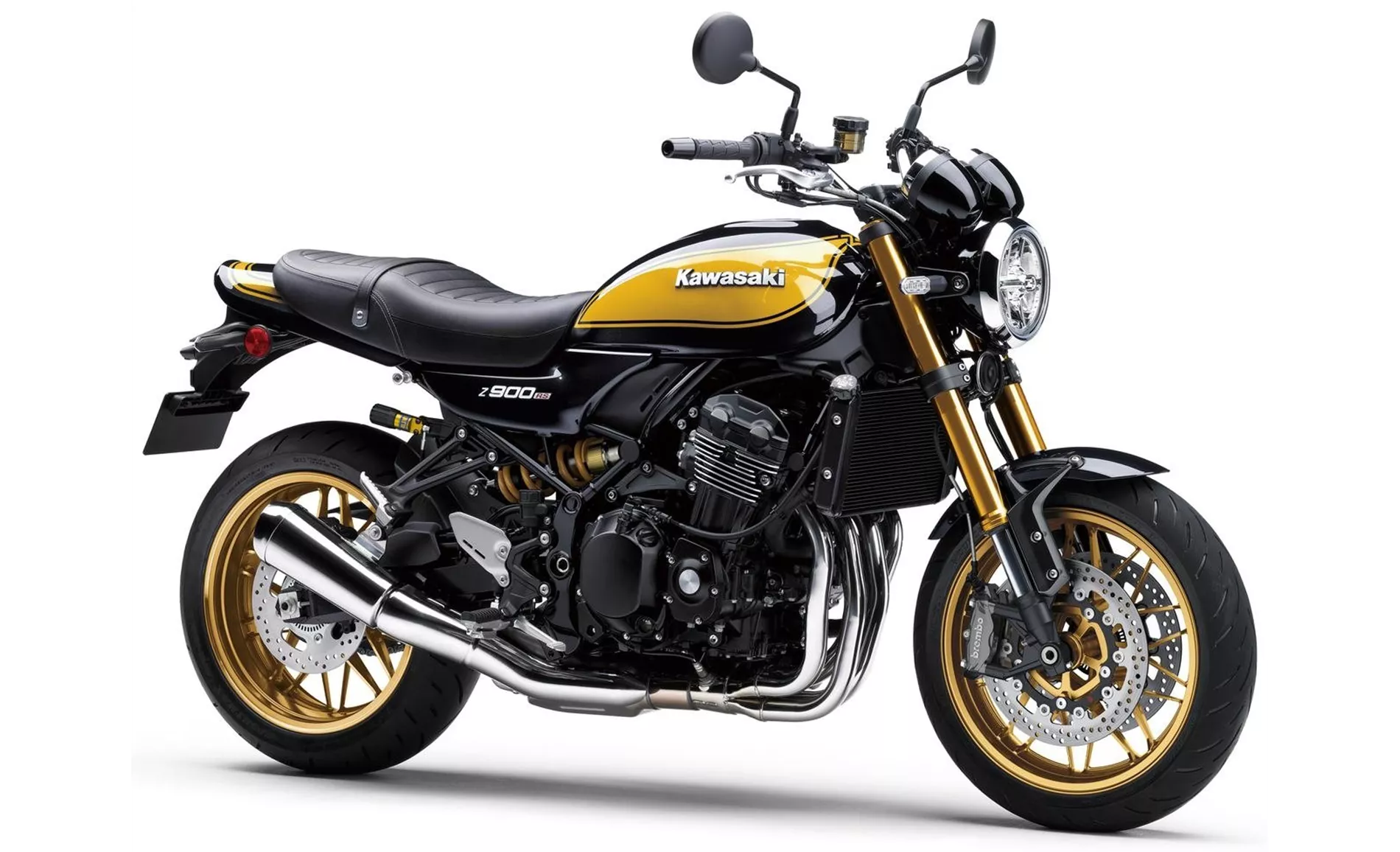
Kawasaki Z900 RS SE 2022
In terms of chassis, both bikes have a steel frame with a tubular design. This provides them with strength and stability on the road.
When it comes to braking, both bikes feature double disk brakes at the front with a diameter of around 300-320 mm. The Kawasaki Z900 RS SE 2022 has four-piston calipers with radial and monoblock technology, while the BMW R nineT 2018 has four-piston calipers with radial technology.
In terms of advanced rider assistance systems, both bikes are equipped with ABS. However, the Kawasaki Z900 RS SE 2022 also has traction control, providing an additional level of safety.
In terms of dimensions and weights, both bikes have similar front and rear tire widths and diameters. The Kawasaki Z900 RS SE 2022 has a slightly shorter wheelbase of 1470 mm compared to the BMW R nineT 2018's 1487 mm. The seat height of the Kawasaki Z900 RS SE 2022 is slightly higher at 835 mm compared to the BMW R nineT 2018's 803 mm. The Kawasaki Z900 RS SE 2022 also has a slightly lower kerb weight of 215 kg compared to the BMW R nineT 2018's 222 kg. Both bikes have a fuel tank capacity of around 17-18 liters.

BMW R nineT 2018
Now let's move on to the strengths and weaknesses of each bike. The Kawasaki Z900 RS SE 2022 offers exclusivity, thanks to its limited availability. It also features an Öhlins shock and Brembo brakes with Stahlflex, providing excellent suspension and braking performance. The classic round clocks add a touch of nostalgia to the bike's design. The powerful engine delivers impressive performance, and the bike has minimal electronics, allowing for a more raw and engaging riding experience. However, it lacks cruise control and is often sold out quickly due to its popularity.
On the other hand, the BMW R nineT 2018 has a boxer engine that is known for its character and delivers powerful low-end torque. The comfortable seating position makes it suitable for long rides. The bike comes with extensive equipment and has a large accessories market, allowing riders to personalize their bikes. The BMW R nineT 2018 also has a cool and distinctive look. However, some riders may find the footrest position uncomfortable when maneuvering, and the passenger ride comfort may not be as good as other bikes in its class. Additionally, the BMW R nineT 2018 is generally priced higher compared to its competitors.
In conclusion, both the Kawasaki Z900 RS SE 2022 and the BMW R nineT 2018 offer unique riding experiences and have their own strengths and weaknesses. Riders looking for exclusivity, powerful performance, and a classic design may prefer the Kawasaki Z900 RS SE 2022. On the other hand, those who appreciate the character of a boxer engine, comfortable seating position, and extensive customization options may lean towards the BMW R nineT 2018. Ultimately, the choice between these two bikes will depend on individual preferences and priorities.
Technical Specifications Kawasaki Z900 RS SE 2022 compared to BMW R nineT 2018
Pros and Cons in comparison
Pros and Cons in comparison
Kawasaki Z900 RS SE 2022
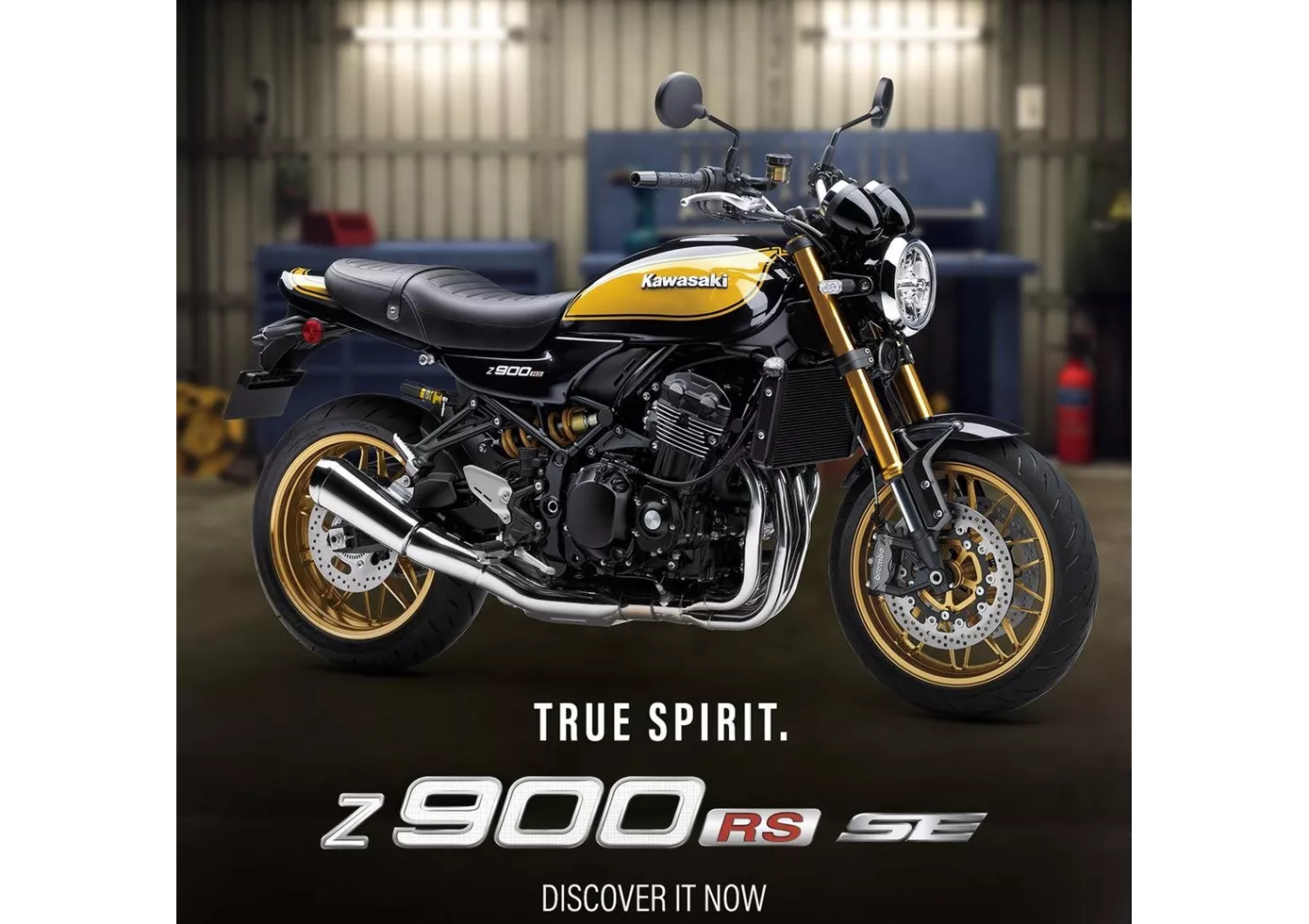
Kawasaki has done everything right with the Z900RS SE. The fact that the already very good and extremely charismatic Z900RS has been further upgraded with noble components not only feeds pride of ownership, but also brings the small advantages in the very sporty serious case that bring the summit victory. I would modify the saying "The better is the enemy of the good" for RS SE and RS as follows: "The better is the friend of the good." Whether RS or RS SE, retro at its best.
BMW R nineT 2018

What more can be said about the BMW R nineT? Since its release in 2014, it has been a real perennial favourite in the customising scene and also at BMW itself. Its ingredients, however, are of very high quality and explain why the result is so coherent. The boxer engine, full of character, is a real joy every time you pull the throttle and, thanks to the wonderful sound, it never gets boring in the long run. Despite the relatively high weight, the BMW is pleasant to ride thanks to the high-quality chassis and finds a balanced mixture between cruiser and sporty naked bike. The look is of course a matter of taste, but the sales figures suggest that BMW must have done something right. And even if you don't like the standard look, accessories are a dime a dozen.
Price Comparison Avarage Market Price Kawasaki Z900 RS SE vs BMW R nineT
There are a few key differences between a Kawasaki Z900 RS SE 2022 and a BMW R nineT 2018. It takes less time to sell a BMW R nineT with 115 days compared to 168 days for the Kawasaki Z900 RS SE. Since model year 2022 1000PS.de editors have written 8 reviews for the Kawasaki Z900 RS SE and 57 reviews for the BMW R nineT since model year 2014. The first review for the Kawasaki Z900 RS SE was published on 8/16/2021 and now has more than 59,000 views. This compares to more than 17,000 views for the first review on BMW R nineT published on 10/17/2013.
